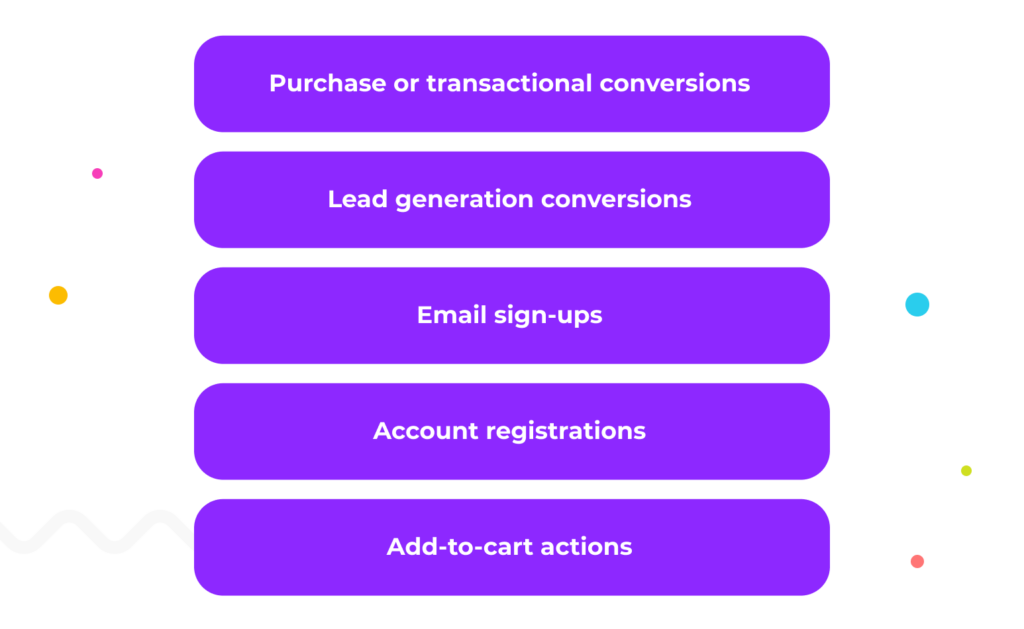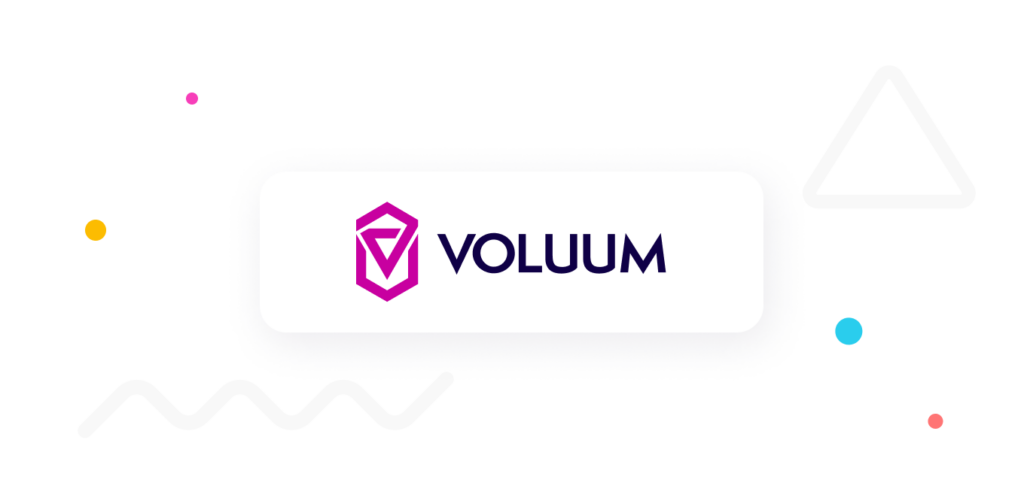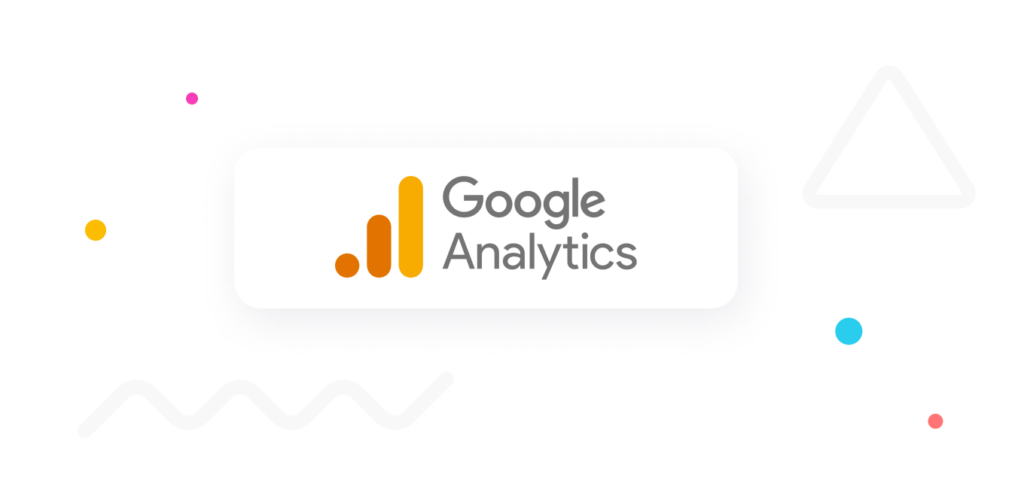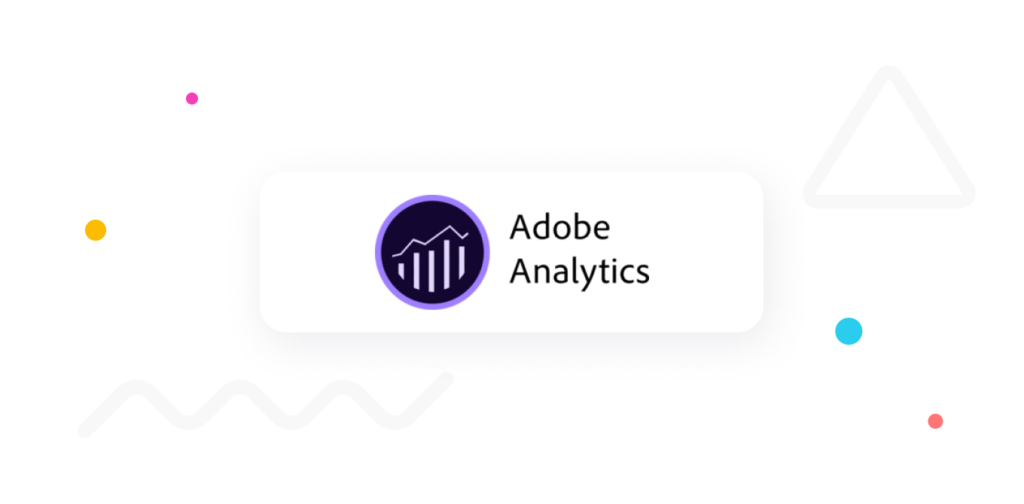In the world of ecommerce, success is measured not by generating traffic to your online store but rather by converting those visitors into paying customers, or at the very least, into your newsletter subscribers.
This reshapes the whole strategy of attracting prospective customers. You don’t want to get just any people to come to your site, you want people with the highest chances of converting. That requires tuning your ads, landing pages and above all, tracking conversions.
Understanding Conversions
In the context of ecommerce, a conversion refers to a desired action taken by a visitor on your website that aligns with your business goals. It could be making a purchase, signing up for a newsletter, filling out a form, or any other action that indicates a successful engagement with your brand.
A conversion should be:
- Measurable. This excludes any brand awareness campaigns. It should be easy to tell when and if a conversion has occurred.
- Specific. A conversion should be tied to a sinngle event. You should be able to differentiate between various conversion types.
- Individual. A conversion is always preceded by other events, such as a click on an ad and a visit on a page. You should be able to attribute a conversion to an original event that has started the conversion flow.
Different Types of Conversions
Conversions can vary depending on the objectives of your ecommerce business. Some common types of conversions include:

- Purchase or transactional conversions
- Lead generation conversions
- Email sign-ups
- Account registrations
- Add-to-cart actions
Remember that each conversion may carry some additional data. Purchase conversions should also pass information about order value. Additionally, consider if your tracking setup allows you to register upsells – that is, subsequent conversions. This situation occurs when a single user makes two transactions. Usually, this means that a user will have a single identifier (usually called a click ID) assigned to them but they will have unique transaction IDs assigned to each purchase.
Why track conversions at all?
- Gain insights into campaign performance. Conversion tracking allows digital marketers to gain valuable insights into the performance of their campaigns. By tracking conversions, you can measure the effectiveness of your marketing efforts and identify areas for improvement.
- Identify high-converting channels. Conversion tracking helps you identify which marketing channels are driving the most conversions. By understanding which channels are performing well, you can allocate your resources and budget more effectively.
- Optimize marketing strategies. With conversion tracking data in hand, you can make data-driven decisions to optimize your marketing strategies. By analyzing the data, you can identify underperforming campaigns and make necessary adjustments to improve their effectiveness.
- Improve Return on Investment (ROI). Conversion tracking provides insights into the ROI of your marketing campaigns. By understanding the conversion rates and the associated costs, you can optimize your campaigns to achieve a higher return on investment.
Conversion tracking setup
Basic conversion tracking is easy. If you use a dedicated ecommerce platform such as Shopify, it will register conversions for you.
And that’s pretty much it. Shopify won’t track how people got to your store, if you used paid channels or relied on SEO and attracted organic traffic. For a complete overview of how your marketing efforts pay off, you need a separate solution – a conversion tracking software.
Choosing the Right Ecommerce Conversion Tracking Software
There are various conversion tracking software options available in the market. When selecting a software solution, consider factors such as
- Ease of use
- Data accuracy and consistency
- Reporting capabilities
Additional features you should look into:
- Integration with your ecommerce platform.
- Tracking of paid channels and organic traffic
- Data privacy.
Some popular choices include Voluum, Google Analytics, Adobe Analytics, and Hotjar.
How conversions are tracked
Popular conversion tracking methods include pixels, postbacks and API. In ecommerce conversion tracking, the first method is most used, as it does not require building custom postback-firing solutions.
Pixels however are prone to blocks introduced by various web browsers or browser extensions. They may be affected by 3rd party cookie blocks or simply users disabling or blocking cookies.
Luckily, Voluum pixels are designed to rely on 1st party cookies as well, so blocking 3rd party cookies will not affect tracking.
Postbacks are considered to be more reliable than pixels and they don’t require editing the web page’s content. They are widely used for offers supplied by 3rd party platforms and only on rare occasions by ecommerce marketers.
Lastly, API is the gateway for platforms for communicating with each other. It is the most reliable, since all data transfer occurs in the backend.
Voluum

Voluum is a comprehensive ad tracking platform that offers advanced analytics, optimization features, and integration capabilities. It is a complete solution for ecommerce marketers using paid channels and wanting to introduce a performance-oriented approach, which includes large scale landing page tests, audience segmentation, automation, and more.
It is integrated with Shopify, which allows for passing conversion data via API to ensure maximum reliability.
Google Analytics

Google Analytics is a widely-used web analytics tool that offers conversion tracking features. It provides valuable insights into website and mobile traffic, user behavior, and conversion rates. By integrating Google Analytics with your ecommerce store, you can track conversions and measure the effectiveness of your marketing campaigns.
Adobe Analytics

Adobe Analytics is an enterprise-level analytics solution that provides in-depth insights into user behavior, conversion rates, and marketing attribution. It offers robust tracking capabilities and integration options to help ecommerce businesses optimize their marketing efforts.
It is not, however, aimed at small users due to its complexity and a hefty price tag.
Hotjar

Hotjar is a powerful user behavior analytics tool that provides heatmaps, session recordings, and conversion funnels. By analyzing user behavior, Hotjar helps you identify usability issues, optimize your website’s conversion funnel, and improve overall user experience.
Conclusion
In the highly competitive world of ecommerce, tracking conversions is crucial for success. After all, they are the success metric that in the end, matters the most.
By implementing effective conversion tracking strategies and leveraging the right tools like Voluum, ecommerce marketers can gain valuable insights into their campaigns, optimize their marketing strategies, and achieve higher conversion rates.




